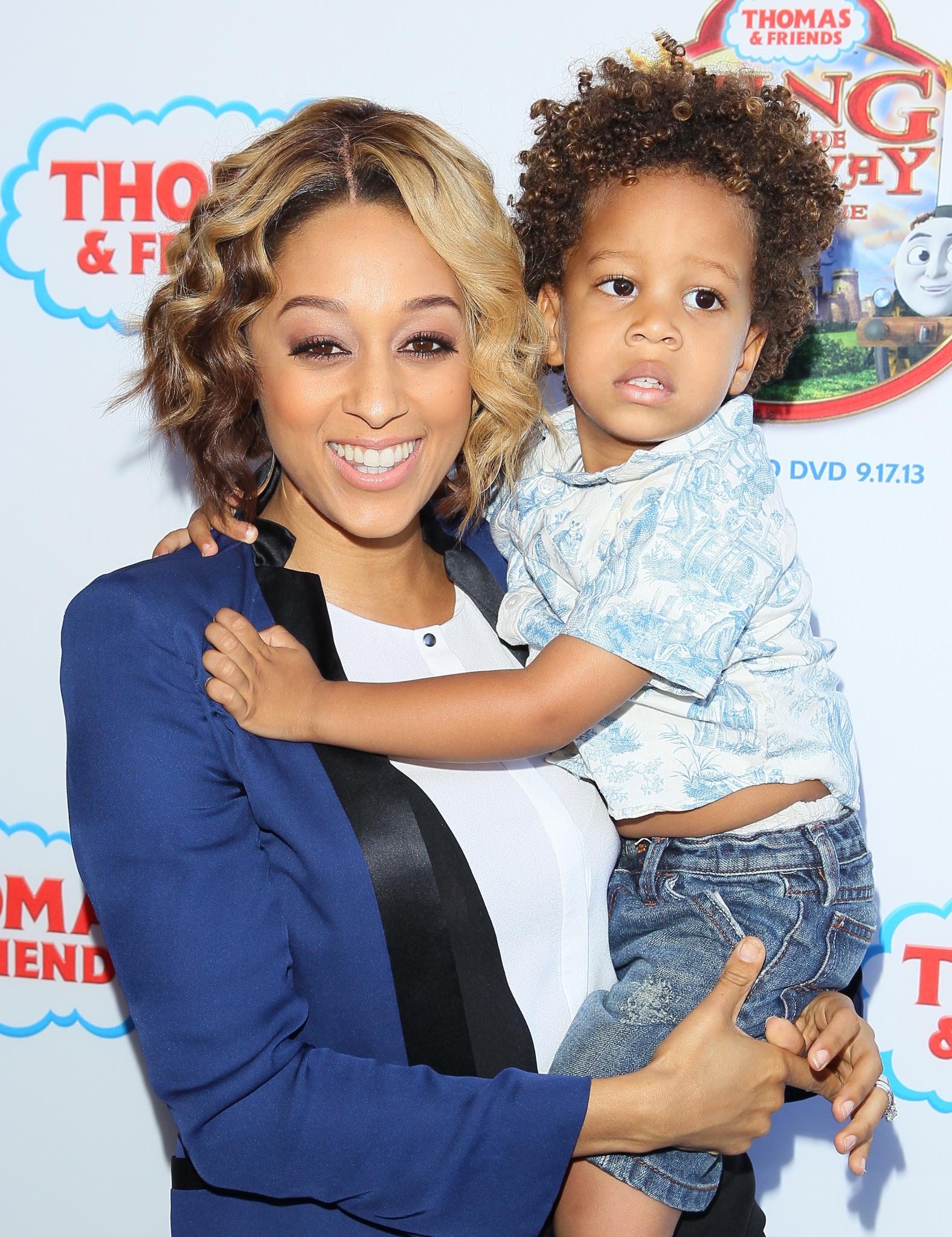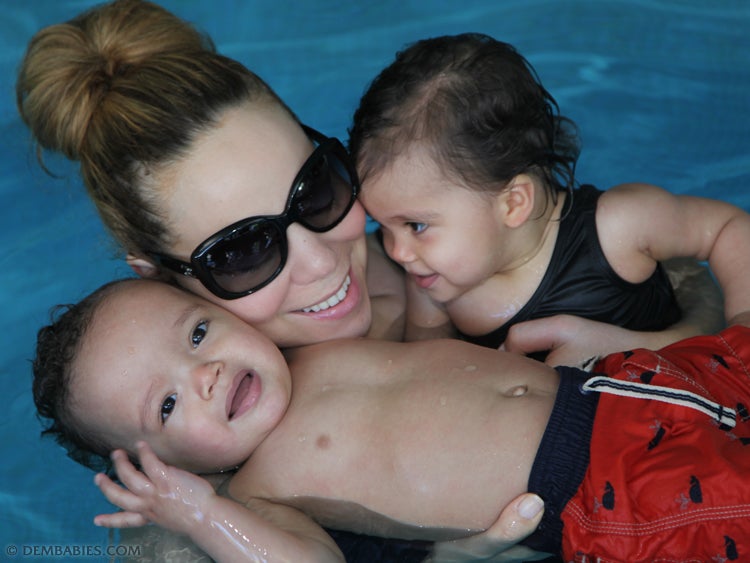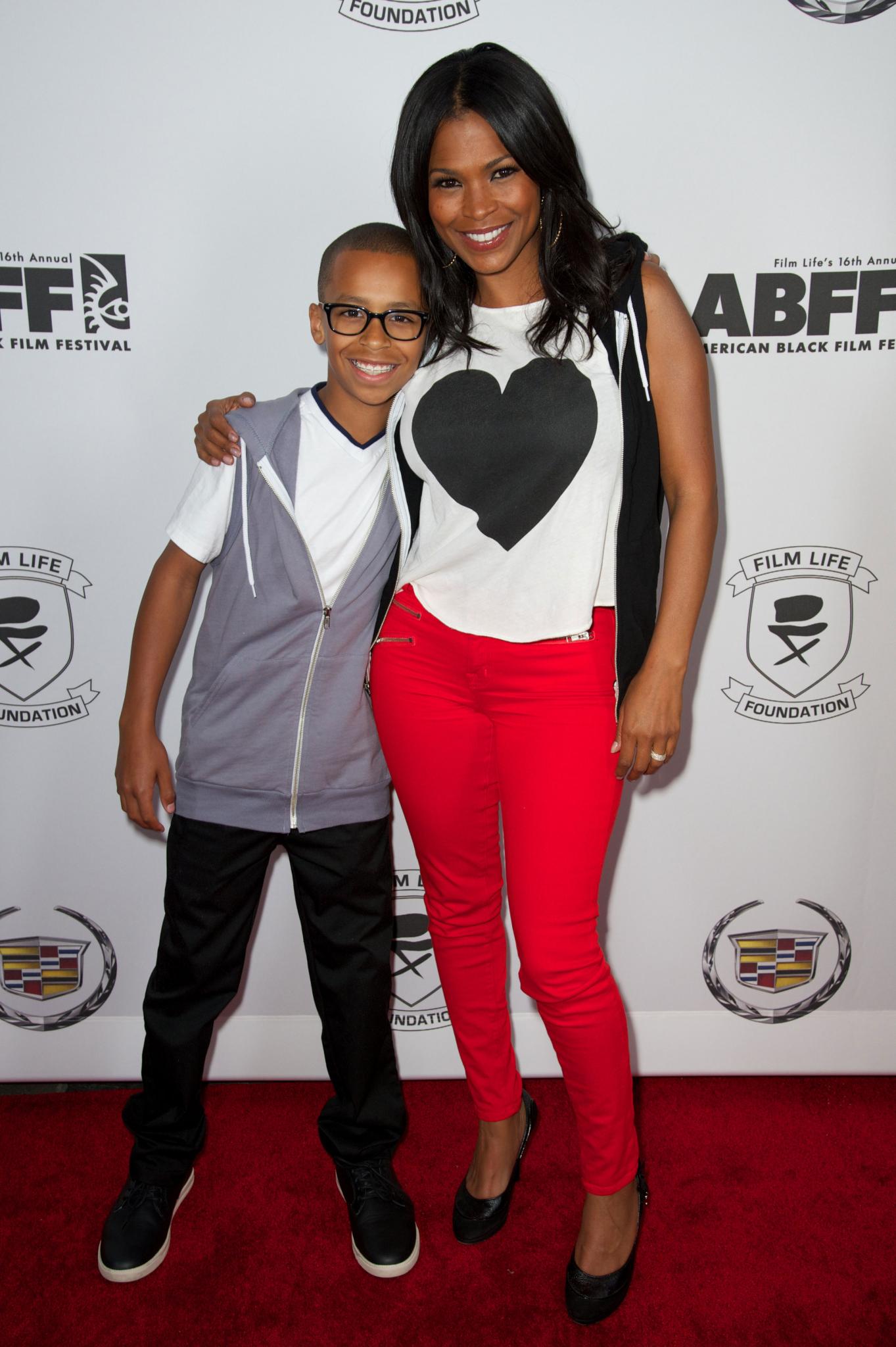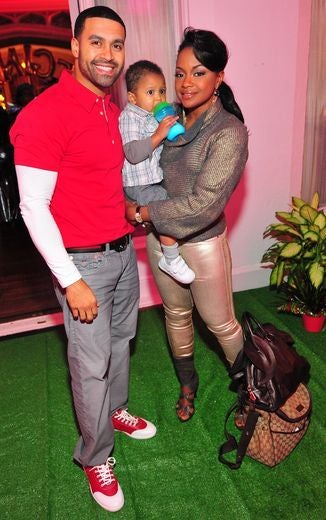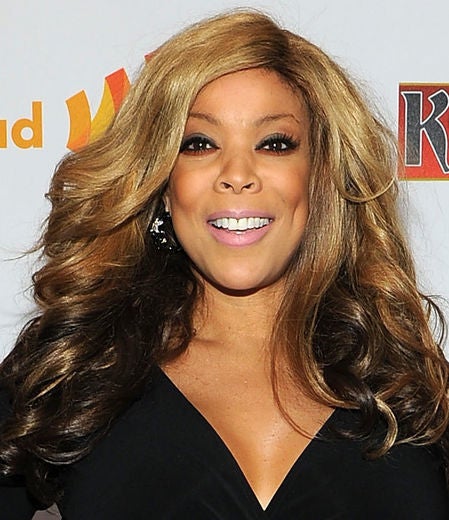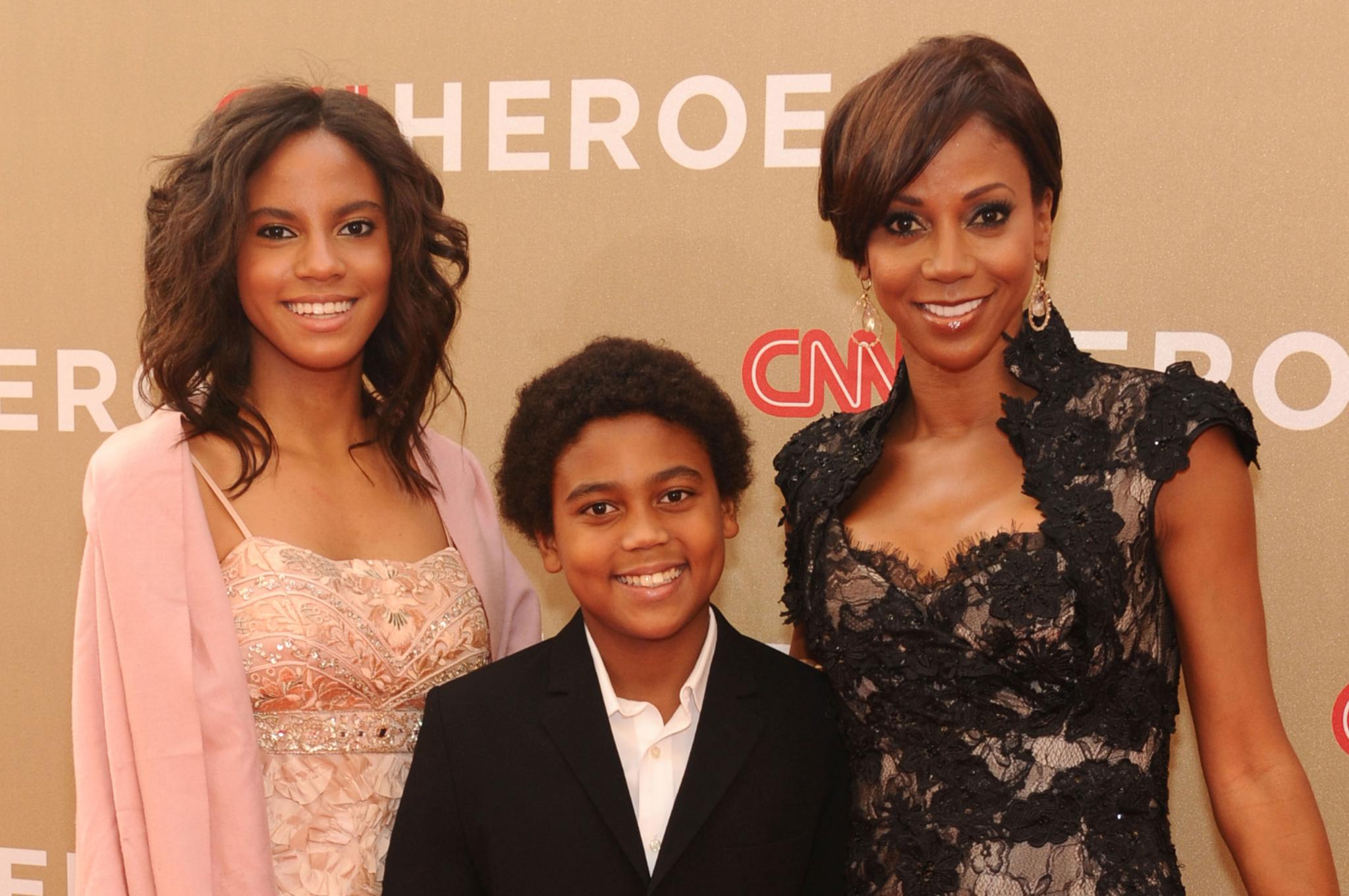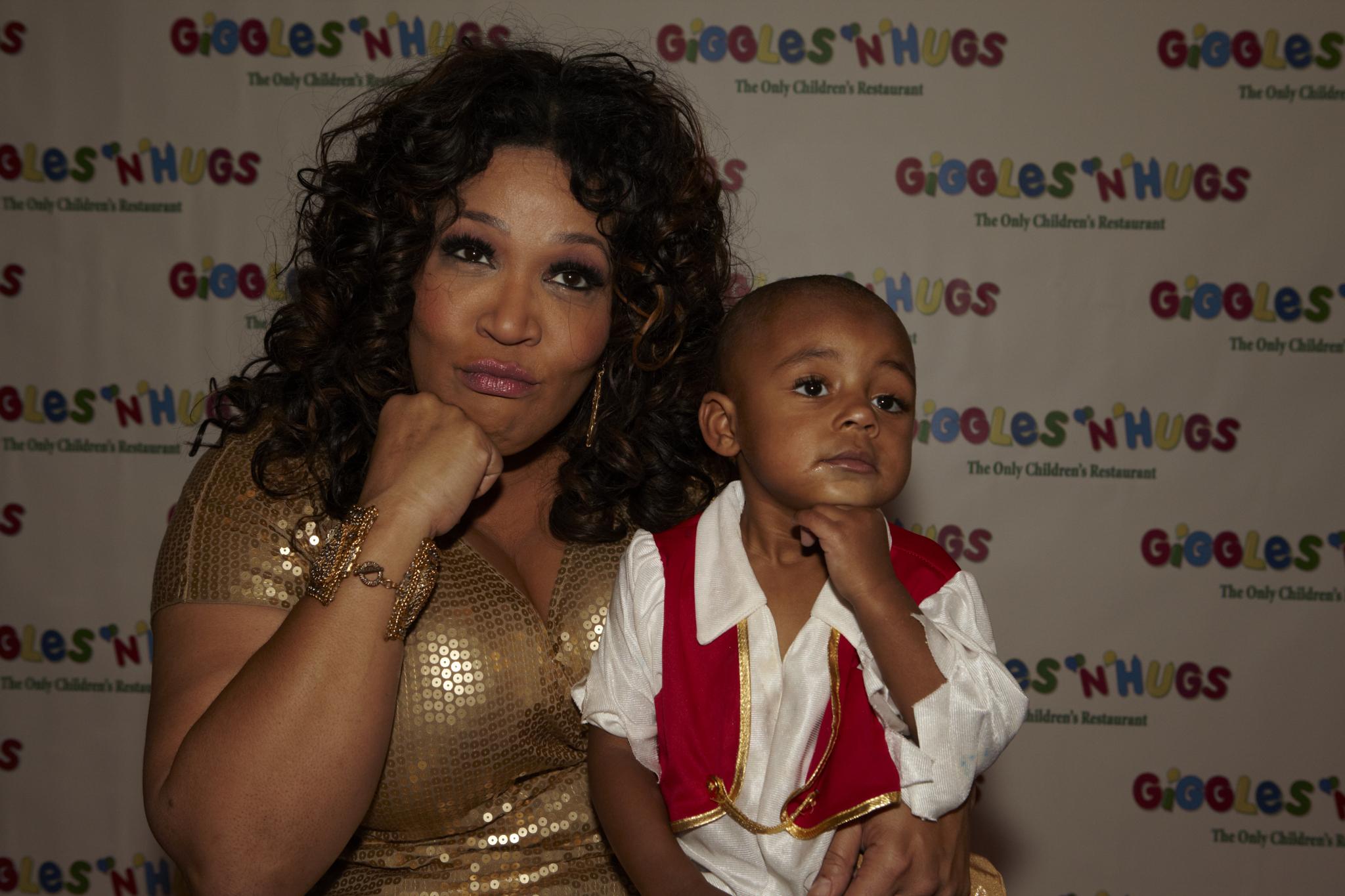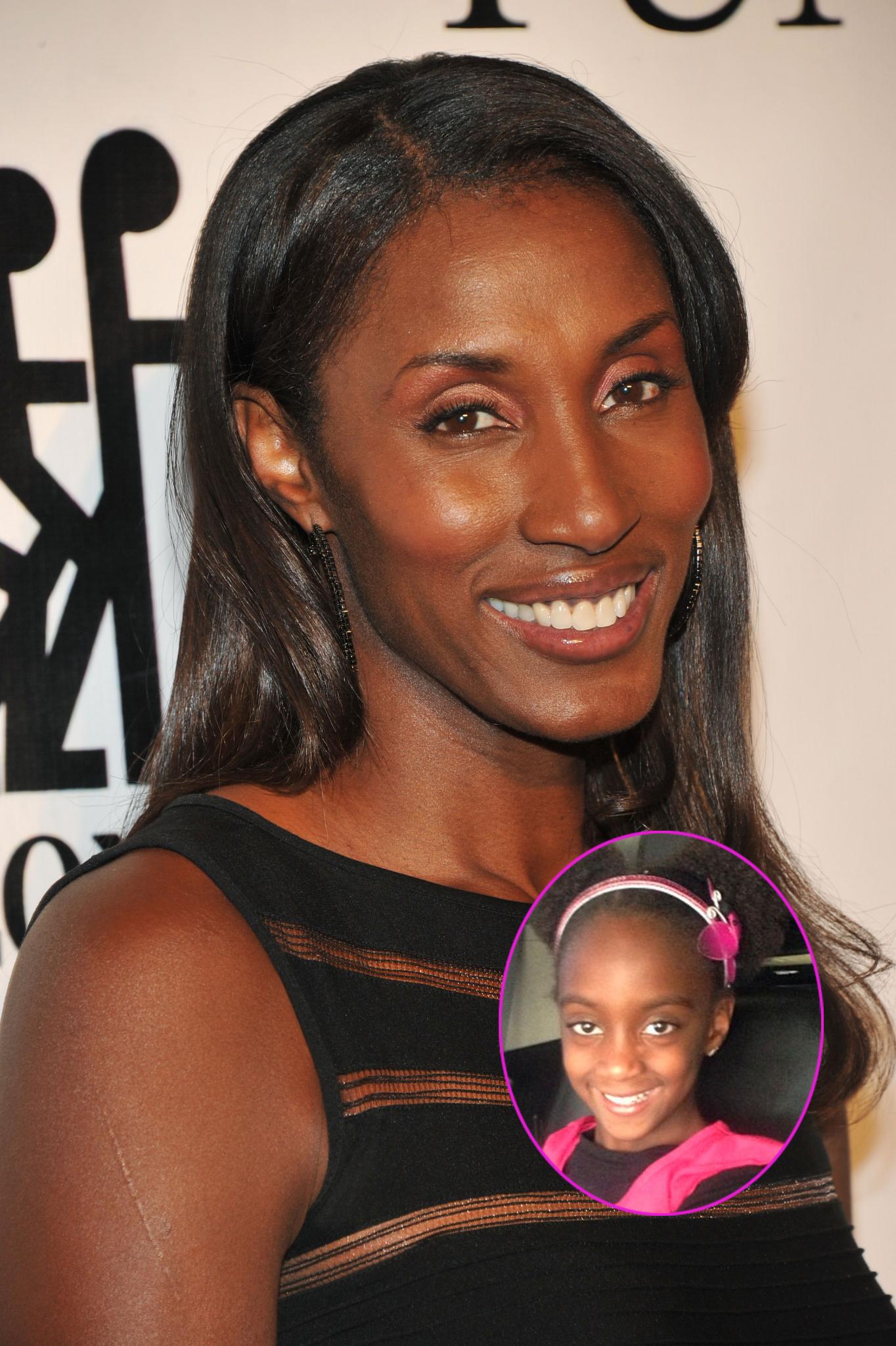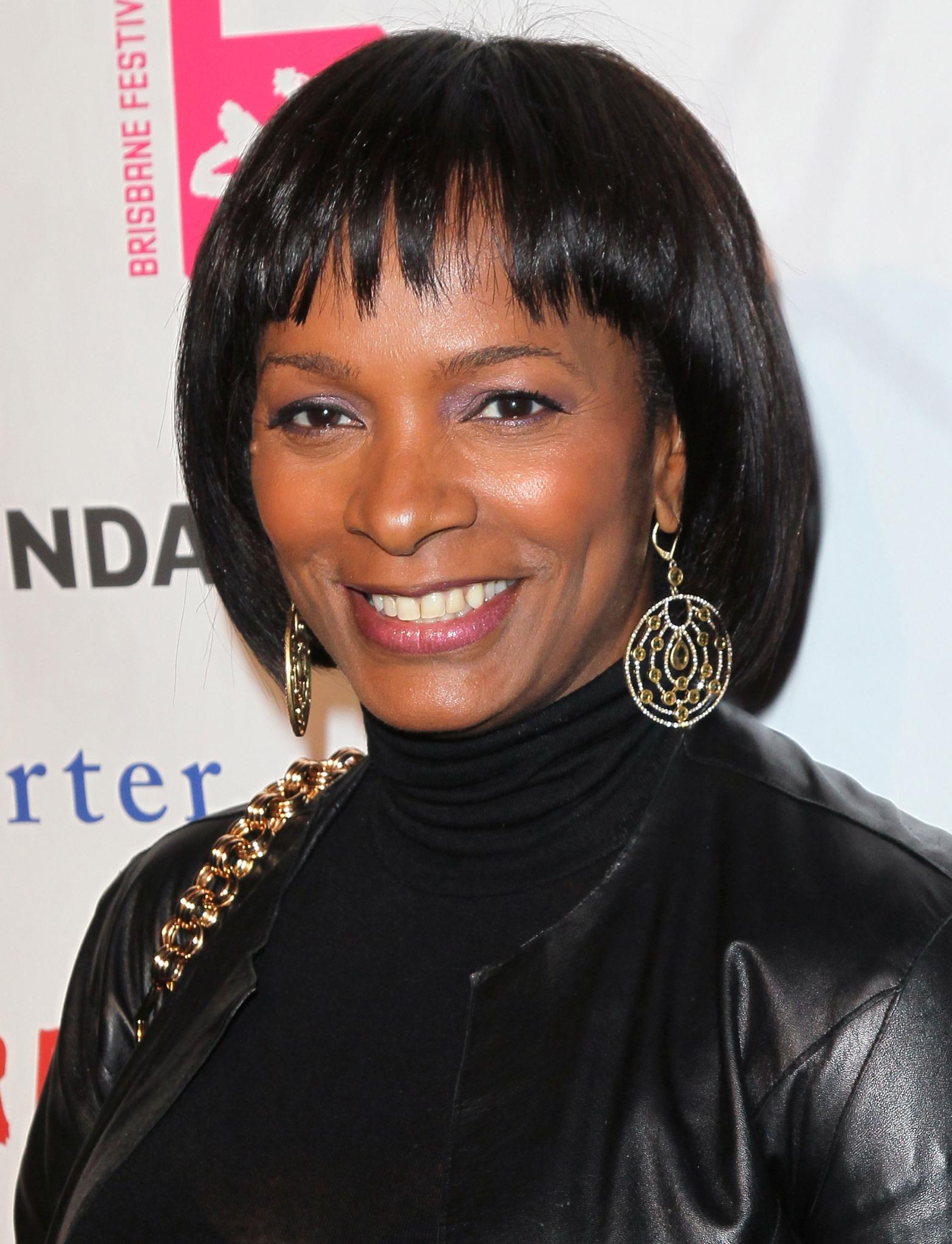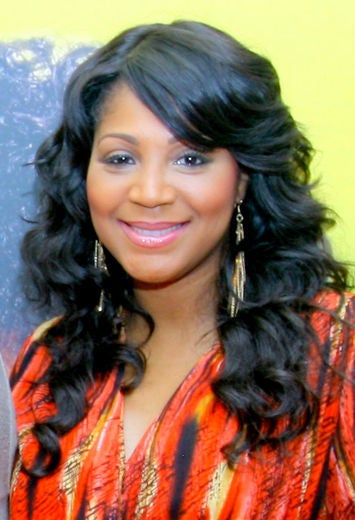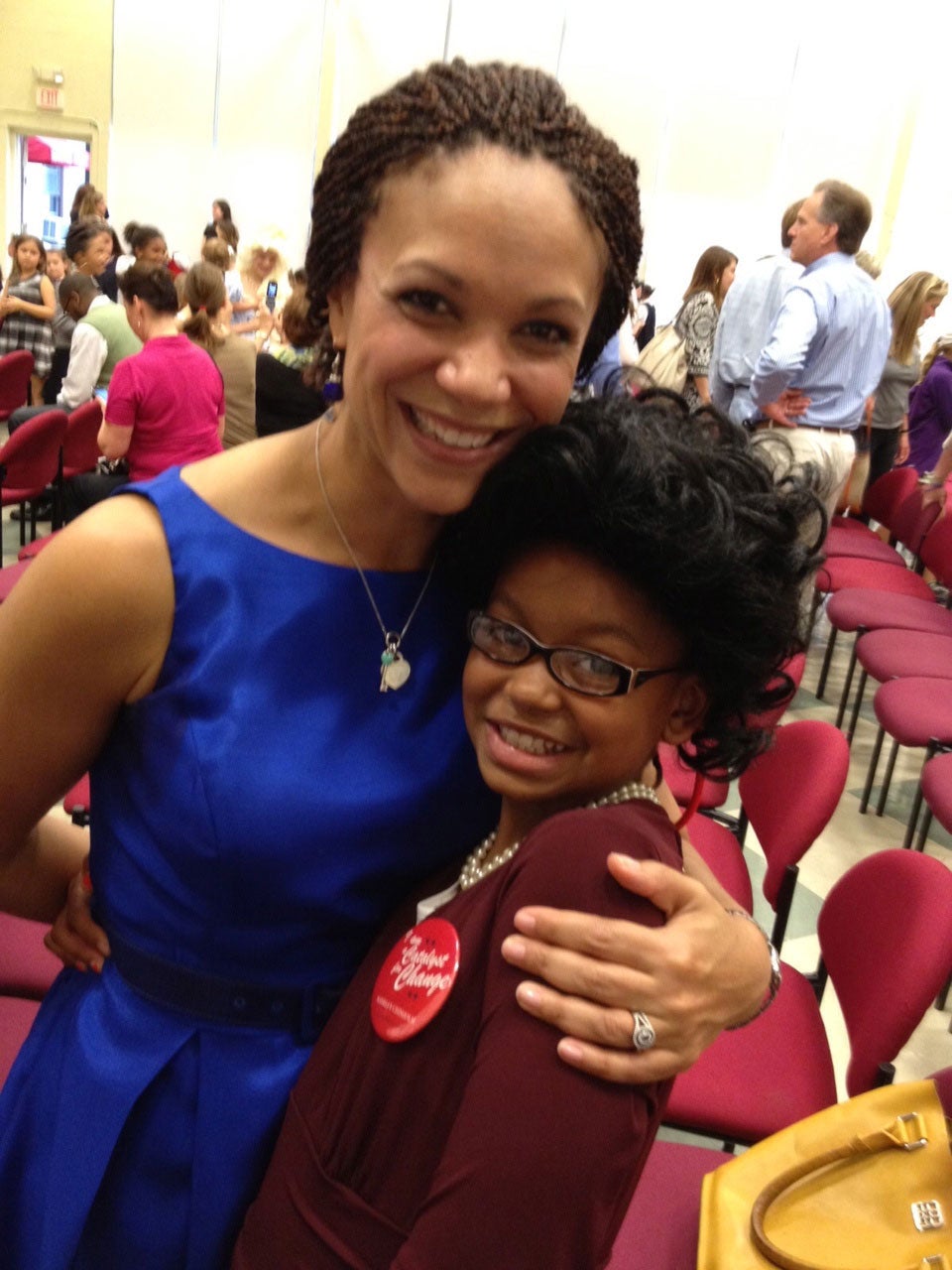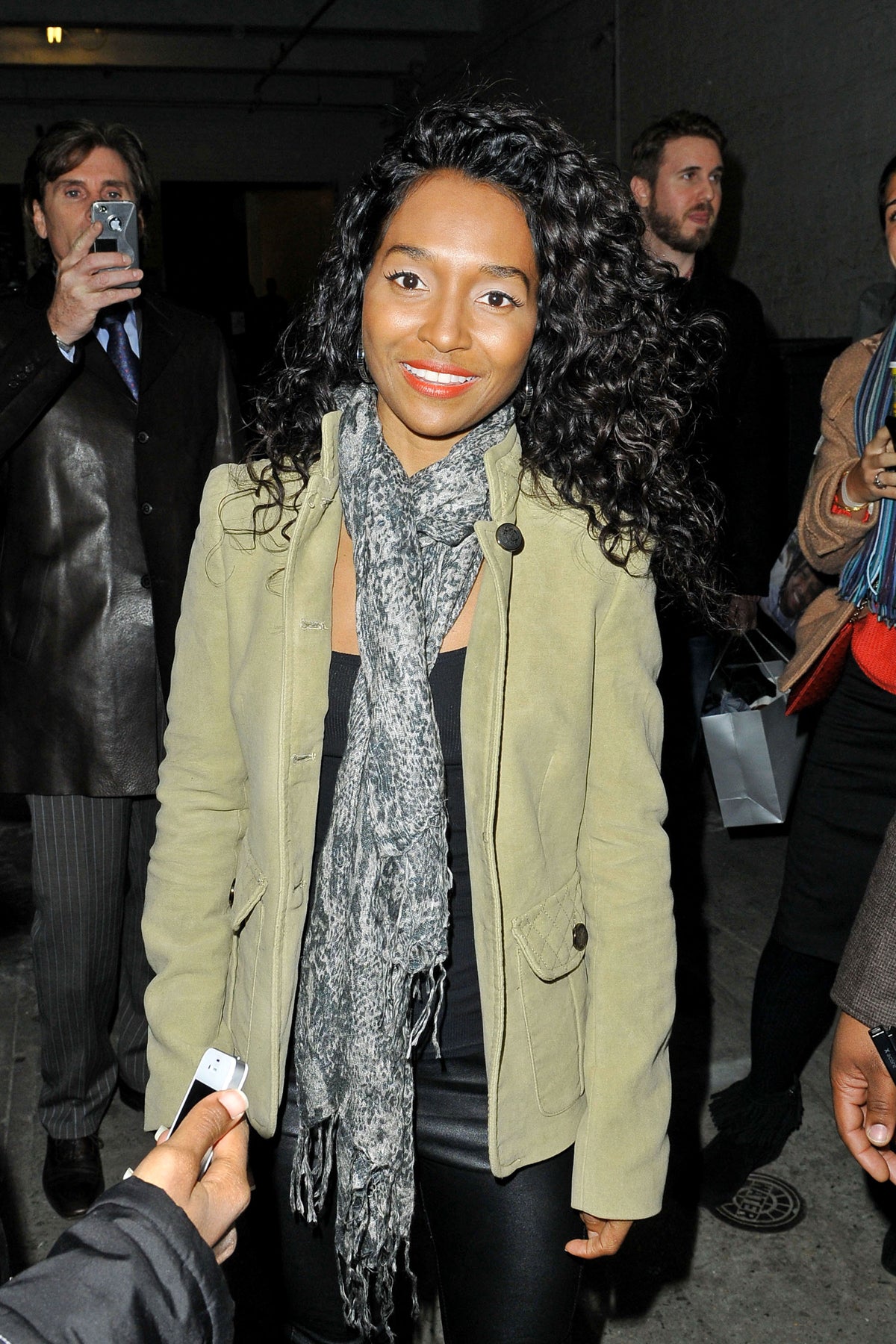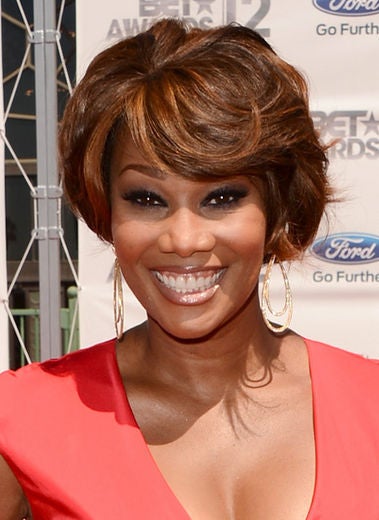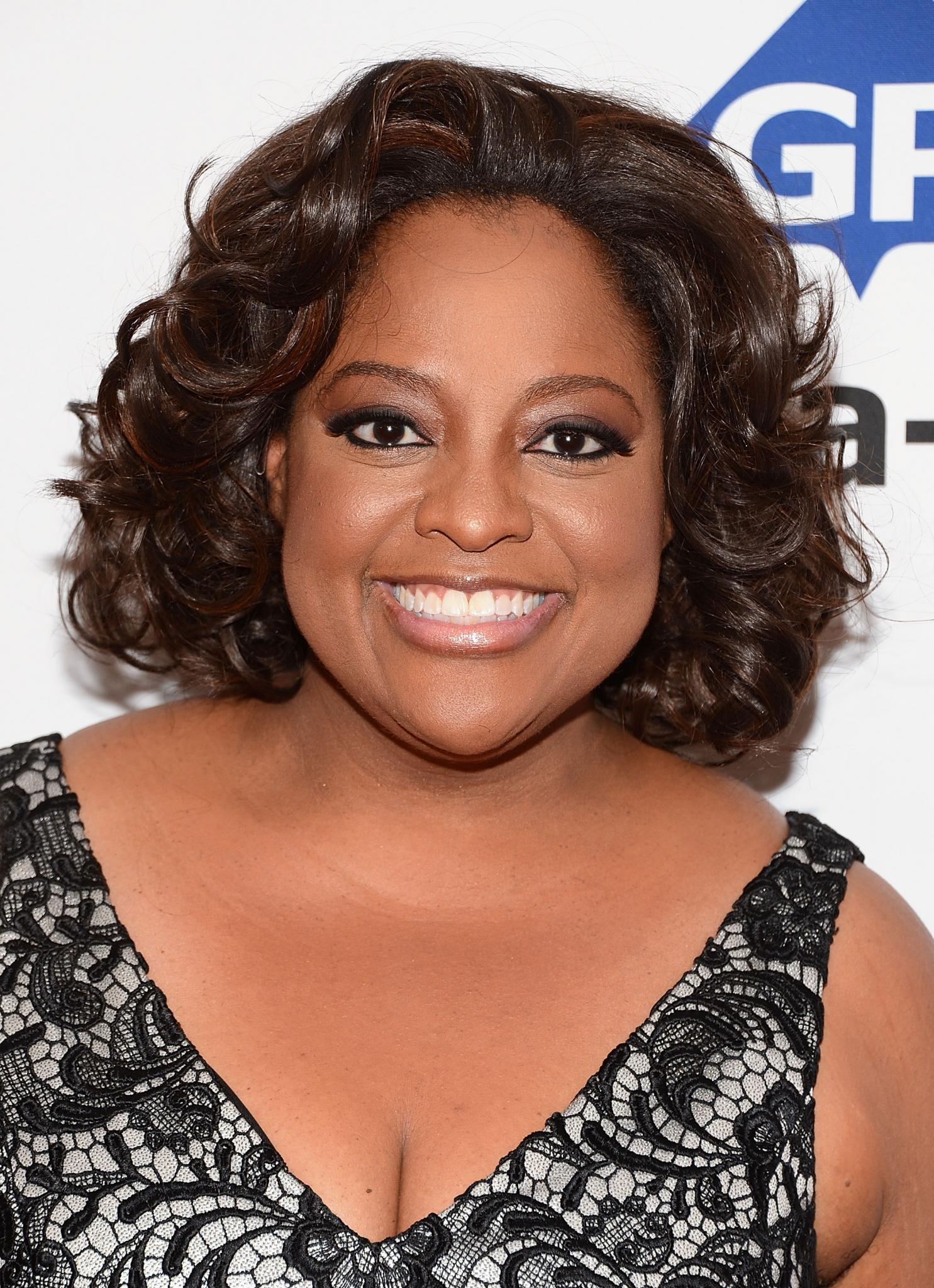“Our history and culture are very important to both me and my family. I am always excited to teach Cree about our culture. My favorite way is reading books like Who Is Rosa Parks? and Who Is Martin Luther King? to him. Both of these include pictures, which is a huge plus!”
“What I did with my older son Massai (pictured) is take him to the Martin Luther King museum. It was absolutely amazing. They hear speeches, they teach the kids about his mission, his walk of peace and his involvement with the Civil Rights Movement. I explained to Massai that he has to be 10 times better, smarter, more focused, to always take the high road, and to always be the leader, not a follower. My mom is an artist, so I’ve got tons of Black art. We watch a lot of movies. I think for me it’s a combination of sharing with Massai my favorite things about Black history — whether it’s musical, film or historical, and try to bring it back around and relate it to how it’s affecting his life right now. We read a lot. We’re reading Frederick Douglass’s autobiography together. We started reading Native Son too.”
“We have so many children’s books on everyone from Medgar Evers to Jackie Robinson. We also celebrate Kwanzaa and we discuss our ancestors’ sacrifices and triumphs very specifically. The kids speak of their own ancestors, like their great-grandfather who wrote for a Negro newspaper in Philadelphia and their grandfather, also a writer, who helped launch Sesame Street. The kids learn more about their cultural history during those seven days than they do all year in school. We also make annual trips to places that celebrate and tangibly teach Black history like the National Civil Rights Museum in Memphis, Tennessee, and the National Underground Railroad Freedom Center in Cincinnati, Ohio.”
“With my 2-year-old son Joshua, it seems like we’re living Black history. For example, he was just learning how to speak during this last presidential election. So one of his first words was ‘Obama!’ Now every time he sees a Black man in a suit, he asks, ‘Obama?’ Since he’s only 2, I’m breaking him in slowly, by singing old Negro spirituals as lullabies. Once he is of age, a few of the things I will do with him to ensure he is well-rounded will be to take him to Africa as my parents did for me, watch Roots with him, and visit two of my favorite places in Detroit: the Charles H. Wright Museum of African American History and Hitsville U.S.A., home of the Motown Museum.”
“My husband and I let our daughter Lauren (pictured) know that there are many influential Black people in addition to Dr. Martin Luther King Jr. However, Dr. King was one of the greatest leaders who ever lived. He was a peacemaker who worked towards getting brown faces, white faces and yellow faces equal rights and opportunities. We also taught our 5-year-old a Dr. King quote: ‘One should not be judged by the color of their skin, but by the content of their character.'”
“One of the first things I taught my girls was our Black national anthem, ‘Lift Every Voice.’ I’ve always loved that song, so while driving in the car when they were small, that would be the song that we would sing. I did this until they learned it word for word. When both of my girls where in the second grade, I did a one-woman show for their class as Bessie Coleman, the first African-American female pilot. I dressed up like her and I spoke to the class in her voice and shared her life story with them. They were riveted! After my performance I taught the class ‘Lift Every Voice’ and passed out a pamphlet that I made of African-American firsts. It was great seeing little children of all colors sing our anthem. We are also Black art collectors, so all my girls ever saw were images of Black people all around our home.”
“My two boys, Eric and Caleb, are biracial (Black and Puerto Rican), so I have taught them how to comfortably be proud of both races and let them know that no matter their heritage, you’re still a child of God — and that is what matters more than the color of your skin. When they were younger, we would go through our home and point out certain items such as the carbon filament in the lightbulb, and I would let them know that Lewis Latimer invented this product. I feel it important for my sons to know that out ancestors were botanists, scientists, and prominent musicians, and now President is added to the roster.”
“Our 11-year-old daughter Parker (dressed as Shirley Chisholm) receives a substantial serving of African-American history. When we visited Florida on our annual family vacation, my father-in-law, who is a retired professor of African-American literature, told all of the grandkids about Zora Neale Hurston, quoted her work from memory, and organized a trip to Eatonville. I recently asked Parker when she has learned the most about Black history. She enthusiastically answered, ‘When I did my Shirley Chisholm project in fourth grade!’ She researched Chisholm by reading about her and watching a documentary film. She visited various locations in Brooklyn where Chisholm worked and studied. She used this research to write a report, make an art piece honoring Chisholm, and then memorized a portion of one of Chisholm’s speeches and delivered it before her school at an assembly.”
“For me, teaching my son Tron about his history is just like I teach him about everything else. Everything starts with conversations so that it doesn’t seem so much like teaching; it’s just having a conversation about how things were and how they are now. I think if kids see people they can know that are doing great things and see people in their family that are successful, that’s what leaves the biggest impression on them. I make sure Tron is introduced to successful people of all backgrounds and jobs so that he sees that people who look like him can and have been able to accomplish anything they set their minds to. I think seeing Barack Obama in office while he is a teenager has left a big impression on him and many other children and taught them to be proud of their heritage.”
“From the time Taylor came into this world, I have been answering questions about stoplights, peanut butter, lotions and things that are tied to our history as a people. As a former teacher, I incorporated these answers during everyday life experiences. Children remember history better when it is practical and fits into the motion of their lives. As an African-American who has seen history being made in my lifetime, I tell my daughter on a daily basis that she is loved, wanted and appreciated because being proud of your history starts with being proud of yourself.”

